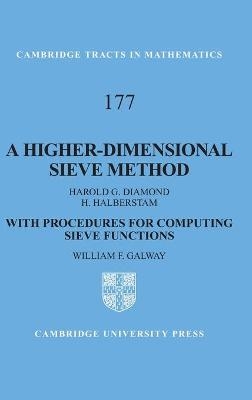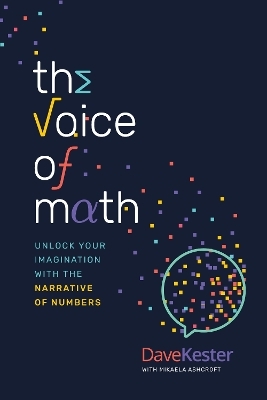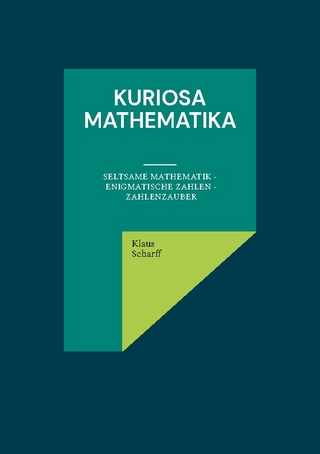
A Higher-Dimensional Sieve Method
Cambridge University Press (Verlag)
978-0-521-89487-6 (ISBN)
Nearly a hundred years have passed since Viggo Brun invented his famous sieve, and the use of sieve methods is constantly evolving. As probability and combinatorics have penetrated the fabric of mathematical activity, sieve methods have become more versatile and sophisticated and in recent years have played a part in some of the most spectacular mathematical discoveries. Many arithmetical investigations encounter a combinatorial problem that requires a sieving argument, and this tract offers a modern and reliable guide in such situations. The theory of higher dimensional sieves is thoroughly explored, and examples are provided throughout. A Mathematica® software package for sieve-theoretical calculations is provided on the authors' website. To further benefit readers, the Appendix describes methods for computing sieve functions. These methods are generally applicable to the computation of other functions used in analytic number theory. The appendix also illustrates features of Mathematica® which aid in the computation of such functions.
Harold G. Diamond is Professor Emeritus in the Department of Mathematics at the University of Illinois at Urbana-Champaign. Heini Halberstam is Professor Emeritus in the Department of Mathematics at the University of Illinois at Urbana-Champaign. William F. Galway's research focuses on analytic and computational number theory. He is a member of the American Mathematical Society and of the Mathematical Association of America.
List of tables; List of illustrations; Preface; Notation; Part I. Sieves: 1. Introduction; 2. Selberg's sieve method; 3. Combinatorial foundations; 4. The fundamental Lemma; 5. Selberg's sieve method (continued); 6. Combinatorial foundations (continued); 7. The case κ = 1: the linear sieve; 8. An application of the linear sieve; 9. A sieve method for κ > 1; 10. Some applications of Theorem 9.1; 11. A weighted sieve method; Part II. Proof of the Main Analytic Theorem: 12. Dramatis personae and preliminaries; 13. Strategy and a necessary condition; 14. Estimates of σκ (u) = jκ (u/2); 15. The pκ and qκ functions; 16. The zeros of Π−2 and Ξ; 17. The parameters σκ and βκ; 18. Properties of Fκ and fκ; Appendix 1. Methods for computing sieve functions; Bibliography; Index.
| Erscheint lt. Verlag | 16.10.2008 |
|---|---|
| Reihe/Serie | Cambridge Tracts in Mathematics |
| Zusatzinfo | Worked examples or Exercises; 15 Tables, unspecified; 5 Halftones, unspecified |
| Verlagsort | Cambridge |
| Sprache | englisch |
| Maße | 155 x 235 mm |
| Gewicht | 520 g |
| Themenwelt | Mathematik / Informatik ► Mathematik ► Arithmetik / Zahlentheorie |
| ISBN-10 | 0-521-89487-5 / 0521894875 |
| ISBN-13 | 978-0-521-89487-6 / 9780521894876 |
| Zustand | Neuware |
| Haben Sie eine Frage zum Produkt? |
aus dem Bereich


